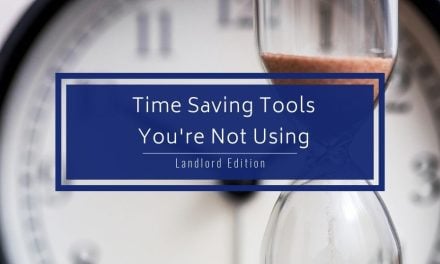
Investing in real estate is a time-tested way to build your financial portfolio over time. You can buy and flip a fixer-upper and pocket the profit. You can buy a property and rent it to a long-term tenant or list it as a short-term rental on a website like Airbnb and net the rental profits. You can also do a combination of the two and make your property available for rent-to-own.
While there are pros and cons associated with every approach to investment properties, ultimately, the decision falls to what works best for you, your area of interest, and your long-term goals.
Let’s look at what’s involved with offering your property as rent-to-own so you can determine if this approach is right for you.
What is a rent-to-own property?
A rent-to-own property is one that a seller allows a buyer to purchase over an extended period of time in the form of making regular payments, similar to how they would if renting a property. In a typical real estate sales transaction, a buyer would pay for the full cost of the property upfront in the form of a cash payment or with the help of financing, such as a home mortgage. With rent to own, the buyer essentially makes the mortgage payments directly to the seller instead of to a bank or mortgage brokerage.
Why rent-to-own?
Renting to own a property is beneficial to buyers who may be unable to make a large down payment on a home or do not have enough credit to secure a low-interest rate on their mortgage. It allows a renter the option to apply their monthly payments toward homeownership over time, allowing them to build toward their goal of home equity.
Rent-to-own can also benefit a seller, particularly in a competitive market. In a buyer’s market — one where there are more properties available than buyers — a seller may have to list their property at a deep discount to avoid having it linger on the market. With rent-to-own, you can potentially secure your desired asking price while earning income on a property that could have otherwise sat unoccupied, meanwhile costing you money with mortgage payments.
What does a rent-to-own agreement involve?
Like a traditional home sale or rental agreement, the rent-to-own process begins with a contract. As with a sale or rental agreement, you will establish terms, including price, amount of payment, method of payment, and so on. Unlike in the sale or rental agreements, the rent-to-own document will include either an option clause or a lease-purchase clause.
With an option clause, the homeowner agrees to give the renter the option to buy the property at a later date. As part of this, both parties will agree to a fixed price and a term length for re-evaluating whether or not the purchase will proceed. The renter typically pays an up-front fee to secure this option, which gives them the freedom to walk away from the sale at a later date.
In a lease-purchase agreement, the renter states up front that they intend to purchase the property at an agreed-upon future date. You may agree to set a shorter-term limit, such as one year, or make it longer, such as five to 10 years.
What are the pros of rent-to-own?
As already noted, one of the key benefits of renting to own is your ability to secure your desired sale price in a market that may be over-saturated or volatile. While it is impossible to predict what will or won’t happen in the market over time, a rent-to-own agreement can give you the peace of mind of knowing you can get the money you hoped for out of a property.
Rent-to-own leasing agreements tend to be longer term, averaging 24 to 46 months instead of the standard 12-month lease. As a landlord, that means you will not have to worry about potentially needing to find a new tenant every year or risking the possibility of having a property sit empty without earning income in between tenants.
When you offer a property as rent-to-own, as a landlord you can be more confident that your tenant will take excellent care of it. In most rental arrangements, you can expect a property to sustain wear and tear over time that will cost you money to repair. But when someone is renting to own the property, they will likely feel more of an obligation to treat the property with care. Your agreement may also leave some of the maintenance responsibility to the tenant, saving you the money you’d have to spend on repairs or paying a management company.
On the note of saving money, in a rent-to-own agreement, you can avoid the future cost of paying real estate agents’ commission fees. In a traditional real estate transaction, the seller is typically responsible for paying the commission for both the buying and selling agents involved in the transaction. While that amount may vary, you can typically expect to pay 5% to 7% of your sale income in fees when using the traditional route.
What are the cons of rent-to-own?
While we’ve established the benefits of setting a fixed, long-term rental and sale price, it’s also possible for the market to change so substantially that you leave money on the table. Rental or sale prices in your community might increase significantly, costing you potential income.
As a real estate investor, renting to own a property can be a little tricky when it comes to financing. If you anticipate securing a loan to buy the property you intend to rent-to-own, you may have some difficulty, because the property will have a “cloudy title” — one where the ownership of the home is more complicated. Some lenders may not be willing to enter into this deal, so it’s important to do your research.
It’s also important to know your city and state’s policies regarding eviction and foreclosure should the renter fail to make their payments. Some laws will only offer landlords and sellers protections in traditional transactions.





